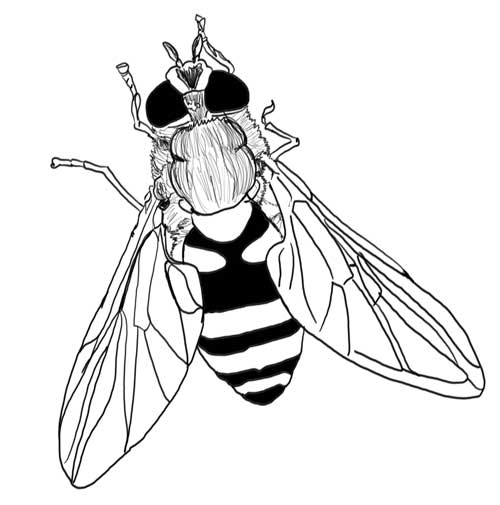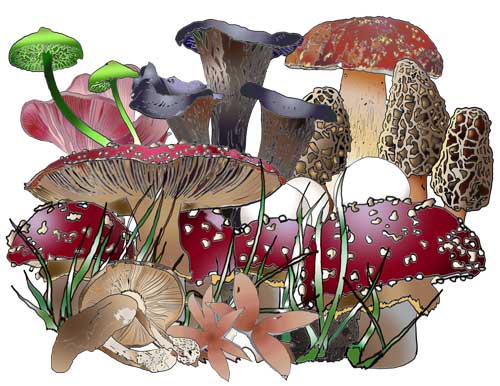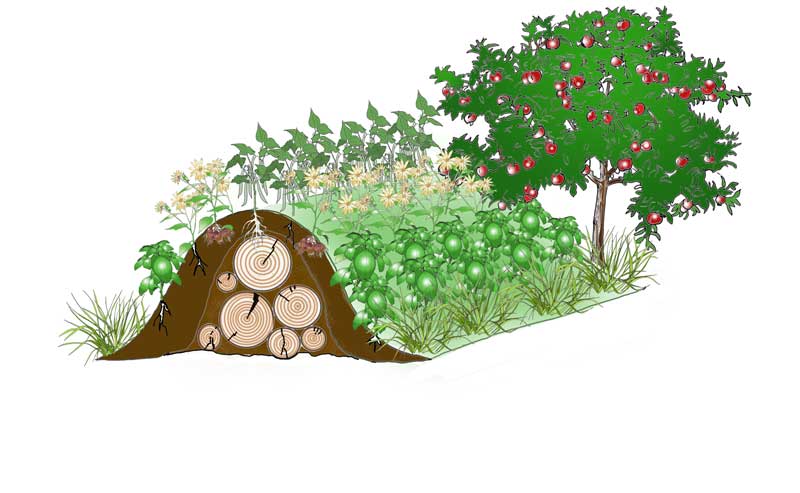Connecting with Our Ecosystem
Earth to Sky
An Environmental Learning Resource for Educators, Families, and Caregivers

Earth to Sky provides learners with a deeper understanding of natural ecosystems, focusing on the interconnections between different forms of life and human communities. The curriculum also encourages the learners to discover their potential in supporting ecosystem health.
Through the Earth to Sky curriculum, learners will better understand:
- The components and structure of natural ecoystems;
- The relationship between human communities and ecosystem functions;
- Pathways for supporting ecosystem health at a personal and community level.
Structure & Modules
Earth to Sky is presented in four modules that explore a variety of ecosystem actors. Access each module’s content through the panels below.
The program is designed for remote or home-based instruction, though the curriculum is also adaptable to classroom learning. Each module offers tiered exercises for Early (target age 5), Intermediate (target age 10), and Advanced (target age 15) learners, with activities that also allow for instructional scaffolding in multi-age settings.
All program materials are publicly available for use and distribution for any purpose at no cost. Many program exercises link to external websites that provide learners with both an understanding of the professional resources available on environmental topics and an appreciation for the variety of nonprofit organizations, governmental agencies, and advocates working on environmental questions and issues.
Salt Tree Art makes no claim to these websites; the author or organization responsible for the resource is acknowledged and credited within each exercise. While available within the public domain, these external resources may maintain their own copyrights and fair use policies if you are using this curriculum for commercial purposes.
Module 1
Bees & Other Pollinators
Learning Objectives
Learners will:
- Identify pollinators and understand their ecosystem function;
- Understand pollinators’ role in human food systems and understand human impacts on pollinator habitat;
- Take action in supporting pollinator habitat and understand how to become involved in conserving or improving pollinator habitat in their communities.

Exercise Pathways & Materials
Exercises can be completed as an ordered curriculum offering, or they can be used as standalone activities.* Exercises from different learner pathways can also be mixed to create a customized curriculum.
Early Learners
Intermediate Learners
Advanced Learners
*The Designs for Conservation exercise builds upon work from the Researching Local Resources exercise.
Module 2
Plants & Our Stories
Plant life is crucial to all of the essential ecological systems on Earth. Oxygen, carbon, nitrogen, water, and nutrients all rely on plants in order to cycle through our environment. Plants have also played a fundamental role in human communities for the food and resources they provide, as well as for our social and cultural connections to them.
Learning Objectives
- Understand the structure of plants and their relationship to other ecosystem components;
- Recognize the historical and social connections between plants and human communities;
- Know how to support healthy plant communities.

Exercise Pathways & Materials
Exercises can be completed as an ordered curriculum offering. Some can be used as standalone activities, though some exercises make connections to preceding modules and exercises. Exercises from different learner pathways can also be mixed to create a customized curriculum.
Early Learners
Intermediate Learners
Advanced Learners
Module 3
Mushrooms: Touring the Fungi Kingdom
Learning Objectives
- Understand the form and behavior of mushrooms and other fungal structures in ecosystems;
- Recognize the important role of mushrooms for humans as a material resource and as an inspiration in design;
- Understand the function of fungus in ecological health and know how to maintain mushroom-friendly ecosystems.

Exercise Pathways & Materials
Exercises can be completed as an ordered curriculum offering. Some can be used as standalone activities, though some exercises make connections to preceding modules and exercises. Exercises from different learner pathways can also be mixed to create a customized curriculum.
Early Learners
Intermediate Learners
Advanced Learners
Module 4
Back to Earth: Understanding Our Soil
Learning Objectives
- Understand soil and its role in the ecosystem;
- Recognize the role of soil in human activities, as well as appreciate its role in our agricultural history and future;
- Understand how to promote and preserve soil health.

Exercise Pathways & Materials
Exercises can be completed as an ordered curriculum offering. Some can be used as standalone activities, though some exercises make connections to preceding modules and exercises. Exercises from different learner pathways can also be mixed to create a customized curriculum.